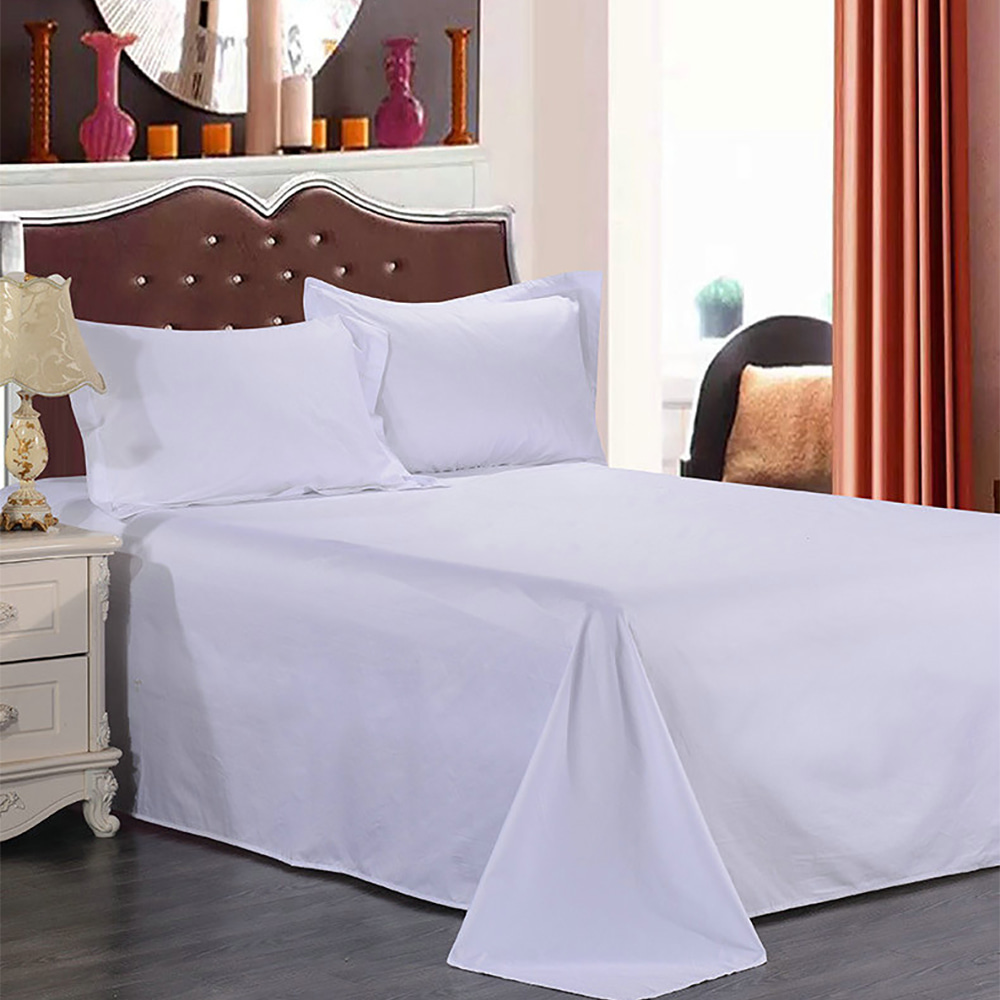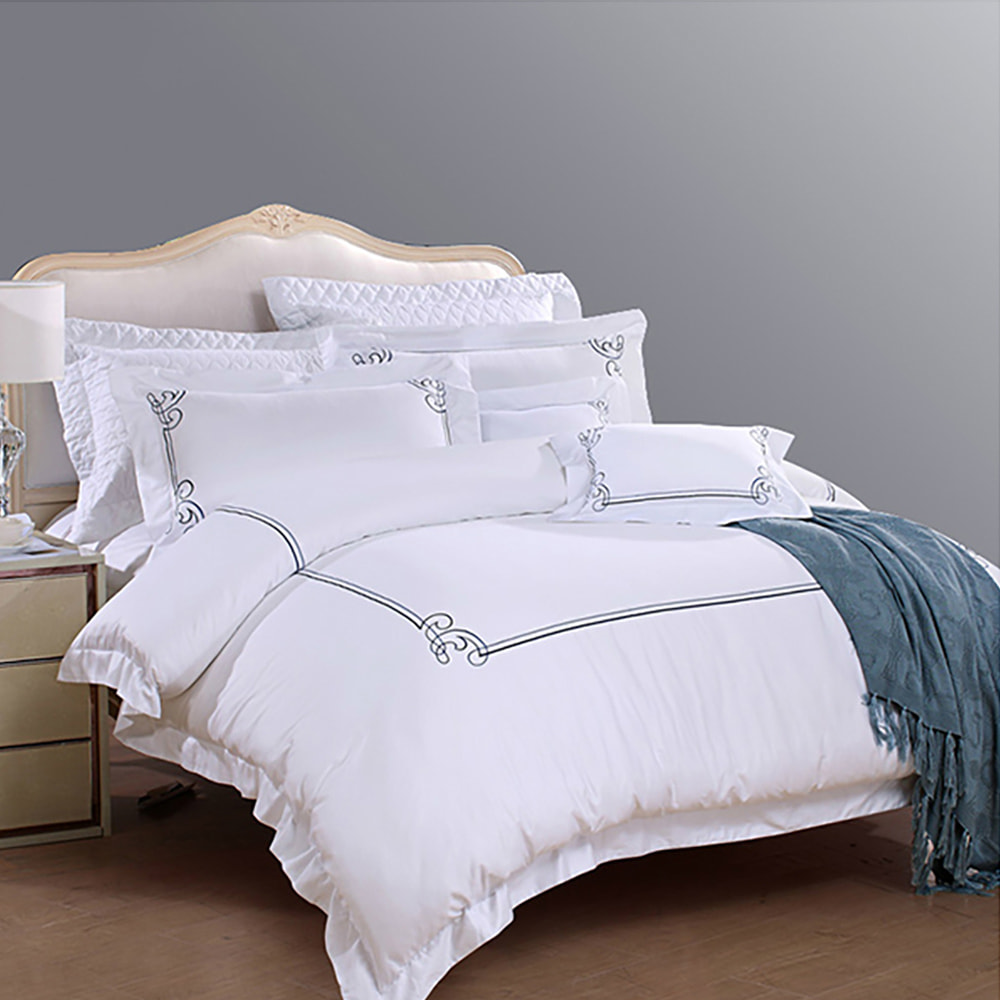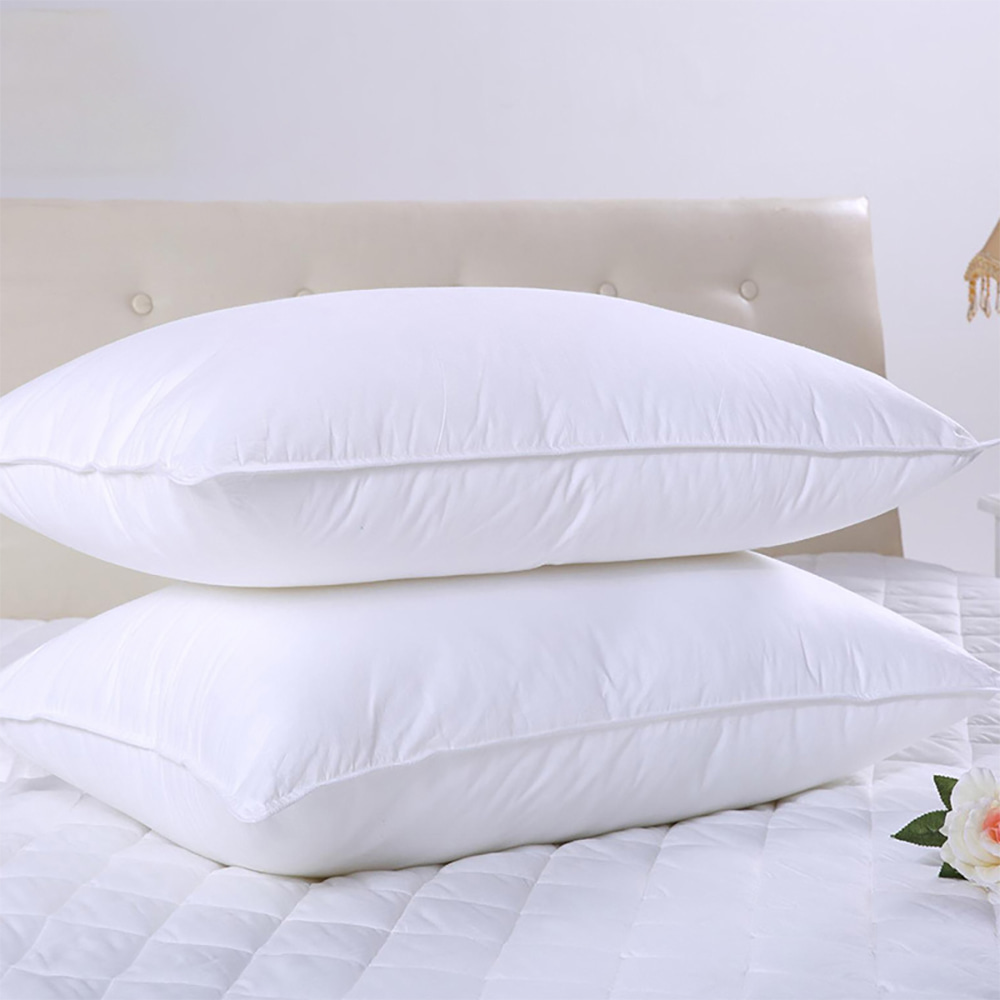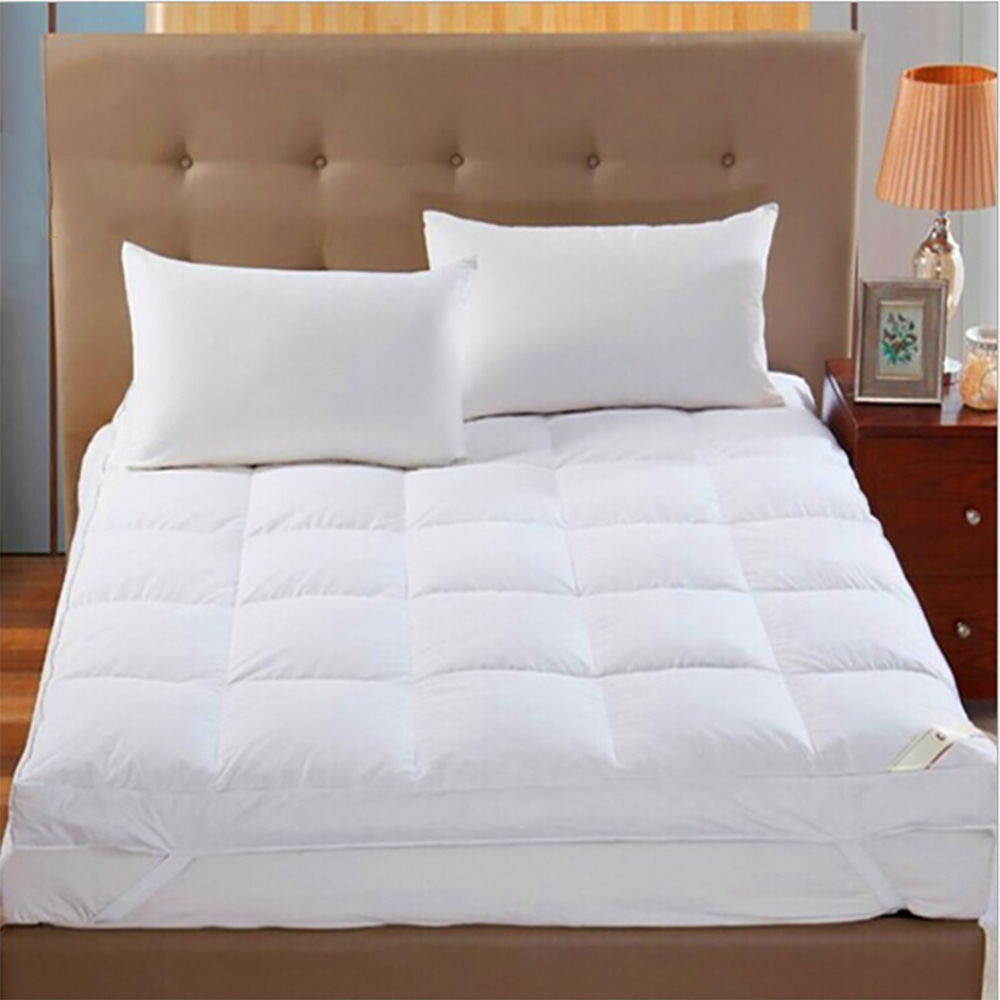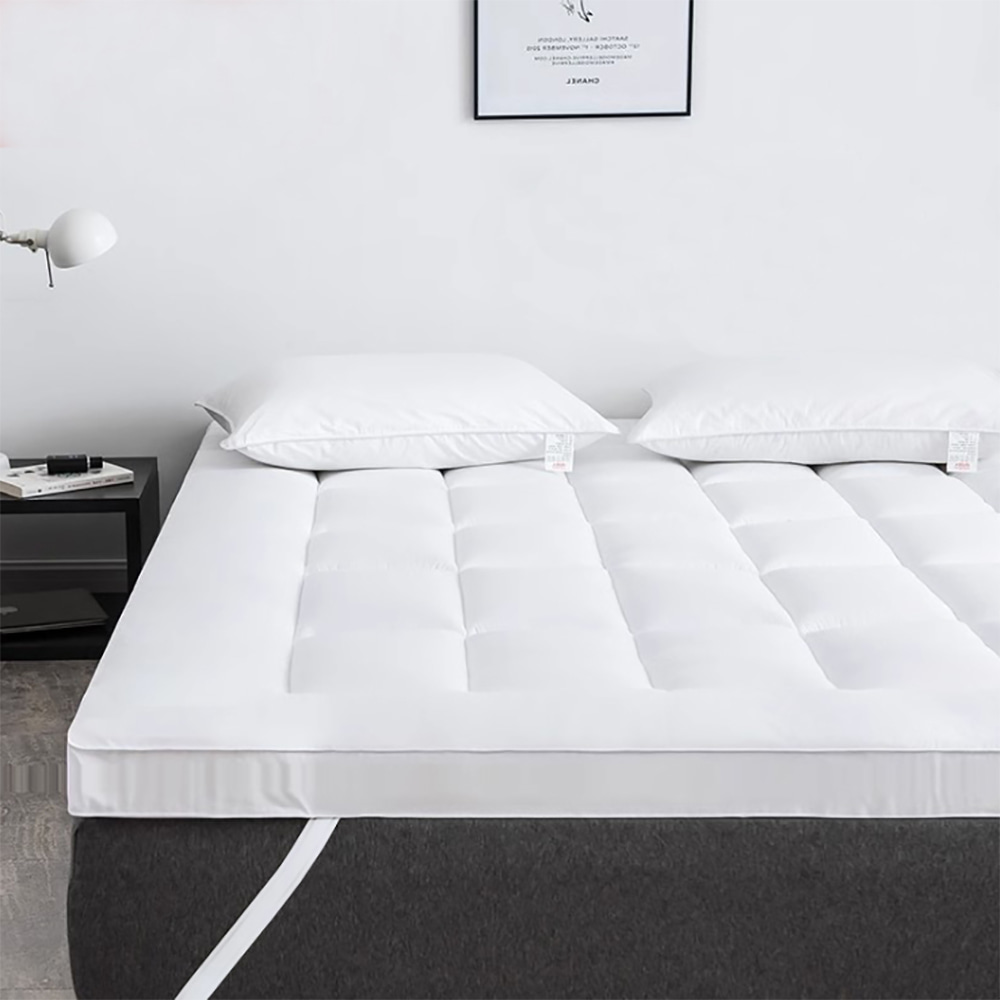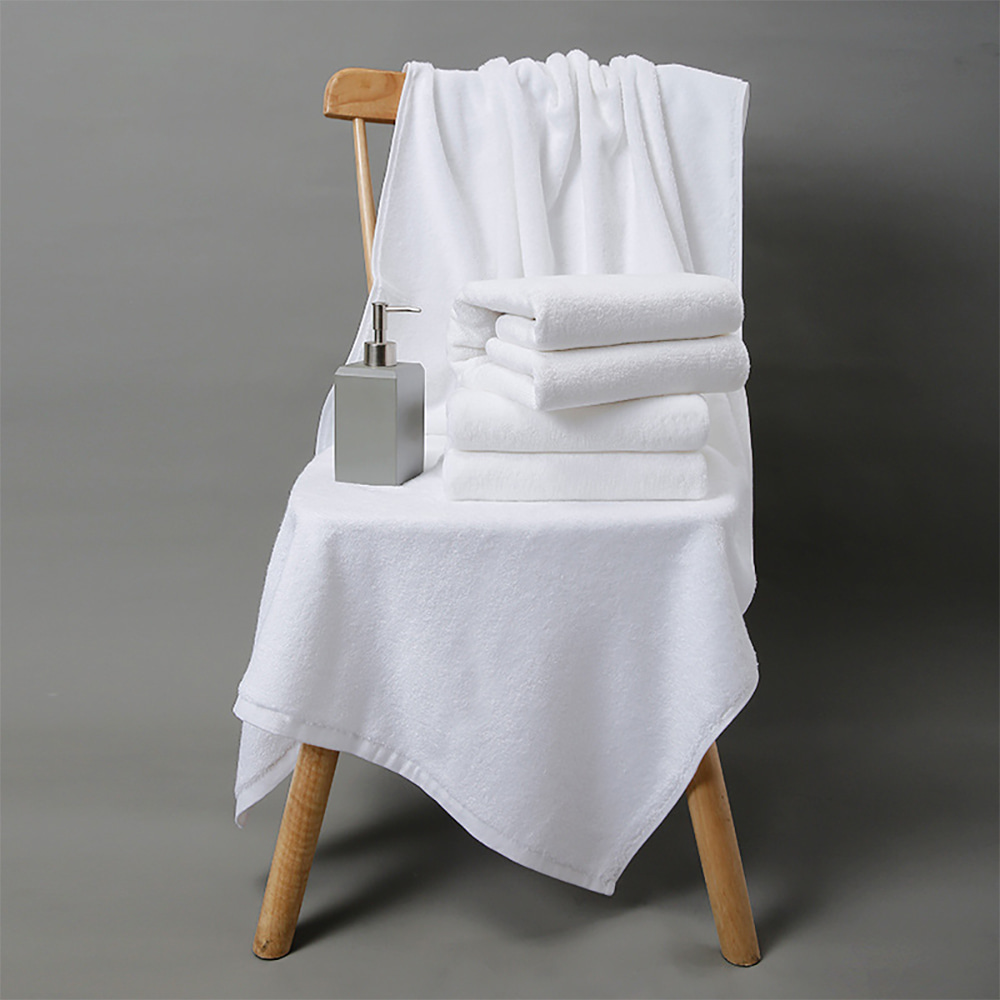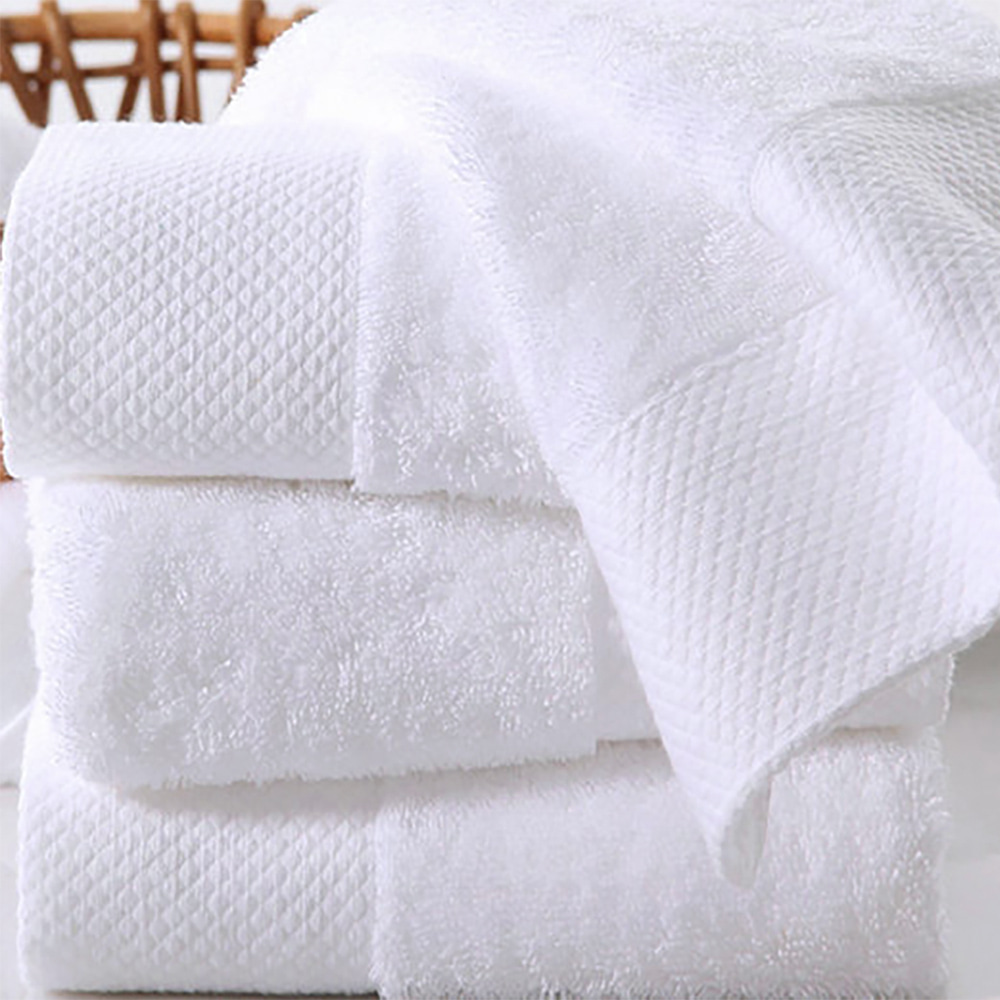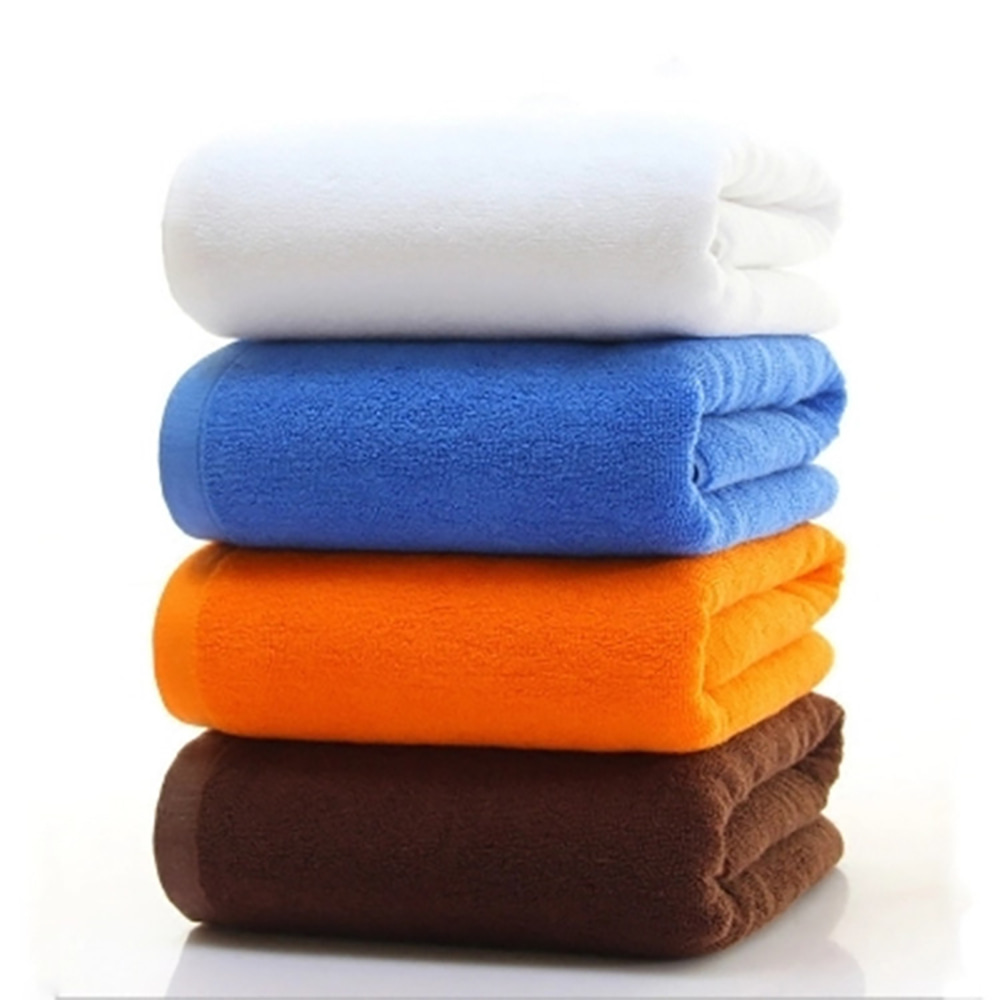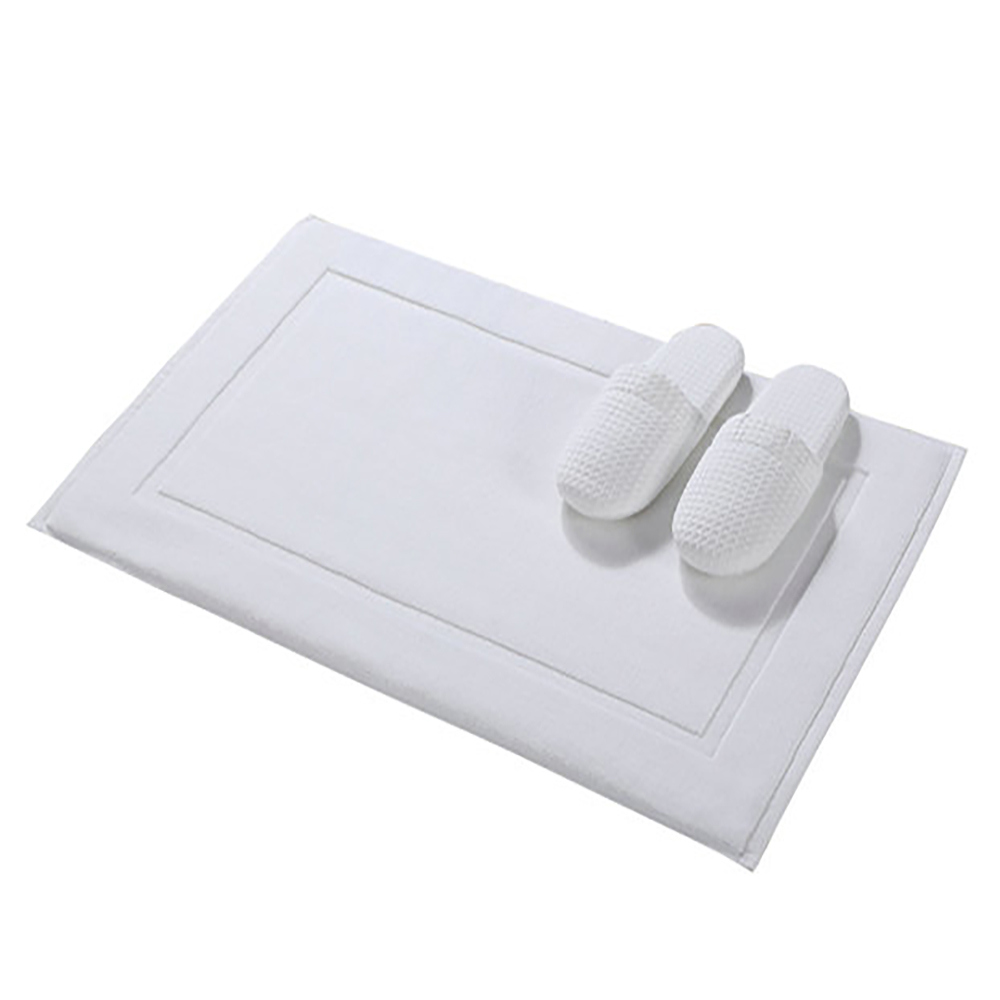In a fast-paced life, high-quality sleep has become the goal pursued by many people. As one of the key factors in sleep quality, the material and design of the pillow directly affect comfort and health. In recent years, microfiber pillows have gradually become the first choice of hotels with their excellent performance, and have entered the homes of more and more consumers. So, compared with traditional filling pillows, what are the advantages of microfiber pillows? How does it improve sleep quality?
1. The role of microfiber pillows
- Provide more scientific support
Traditional pillows (such as cotton, down, buckwheat shells, etc.) often have problems with insufficient support or too hard, which can easily lead to cervical fatigue. The microfiber pillow is filled with highly elastic fibers, which can automatically adjust the support according to the pressure of the head and neck, reduce muscle tension during sleep, and help maintain the natural curvature of the cervical spine.
- Improve breathability and reduce stuffiness
The structure of microfiber makes it have excellent breathability, which can quickly discharge the moisture and heat emitted by the human body, avoiding the problem that traditional pillows become damp and stuffy after absorbing moisture, especially suitable for people who sweat easily.
- Inhibit the breeding of bacteria and mites
Traditional natural fillings (such as down and cotton) easily absorb sweat and dandruff, becoming a hotbed for mites and bacteria. Microfiber pillow cores are usually treated with antibacterial and anti-mite treatment to reduce allergens and reduce the risk of respiratory allergies and skin discomfort.
- Improve hotel-level sleep experience
High-end hotels generally use microfiber pillow cores because they can provide soft fit and long-lasting rebound comfort, allowing guests to enjoy higher quality sleep. Home use can also replicate this experience.
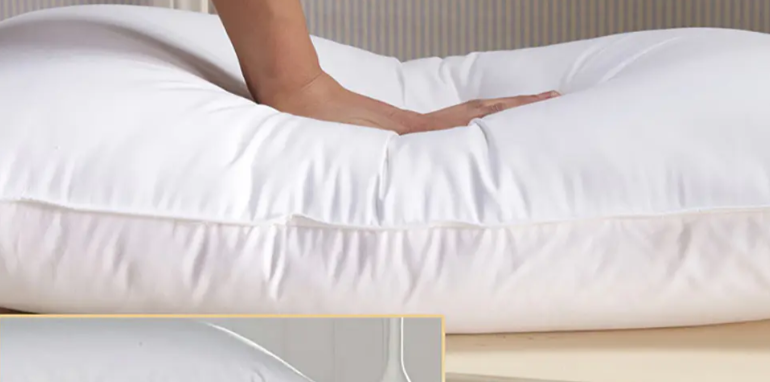
2. Product features of microfiber pillow cores
- Microfiber material
The fiber diameter is only 1/10 of that of ordinary fibers, and the touch is more delicate and soft.
A dense three-dimensional structure is formed between the fibers to enhance support and resilience.
- High resilience
Unlike the collapse of down pillows or the slow rebound of memory foam, the microfiber pillow core can quickly return to its original shape and is not easy to deform after long-term use.
- Light and fluffy, fits the curve of the head and neck
Lightweight, reduces the sense of oppression during sleep, and provides sufficient support.
- Machine washable design
Compared with down pillows and latex pillows, microfiber pillow cores can be directly machine washed, which is more convenient to clean and prolongs the service life.
|
Comparison items |
Traditional down pillow |
Traditional memory foam pillow |
Traditional buckwheat pillow |
|
|
Softness |
Soft touch close to down |
Very soft |
Hard, needs to be softened by body temperature |
Hard, no elasticity |
|
Support |
Dynamic support, automatic adjustment |
Easy to collapse, weak support |
Slow rebound, fixed shape |
Too hard, lack of elastic support |
|
Breathability |
Three-dimensional mesh structure, excellent breathability |
Better, but easy to store heat |
Poor, obvious stuffiness |
Best, but no warmth |
|
Anti-mite and antibacterial |
Nano-level antibacterial treatment, anti-mite design |
Easy to breed mites, need frequent disinfection |
Good antibacterial, but easy to mold after moisture absorption |
Need regular exposure to prevent insects |
|
Easy to clean |
Machine washable, quick drying |
Professional dry cleaning required, high maintenance cost |
Not washable, difficult to clean |
Not washable, only filler can be replaced |
|
Service life |
2-3 years (strong deformation resistance) |
1-2 years (easy to collapse) |
3-5 years (but will become hard) |
About 1 year (fragile and odorous) |
Recommended for the right people
Hotel customers: pursue softness and comfort + easy cleaning, meet the needs of high-frequency use.
People with sensitive cervical vertebrae: need to balance softness and support, avoid too high or too low pillows.
People who sweat easily: breathable and moisture-absorbing, reduce the feeling of stuffiness at night.
Allergic constitution: antibacterial and anti-mite design reduces the risk of sneezing and skin itching.
3. Five advantages of microfiber pillow cores
Healthier - antibacterial and anti-mite
The microfiber pillow core uses triple protection technology to ensure healthy sleep:
Nano silver ion antibacterial layer: can effectively inhibit 99.9% of common pathogens such as Staphylococcus aureus and Escherichia coli
Physical anti-mite fiber structure: through the dense weaving of microfibers, a barrier that is difficult for mites to penetrate is formed
Anti-mold treatment technology: special anti-mold factors are added to fundamentally prevent the growth of mold. According to SGS testing, the antibacterial effect can last for more than 3 years, especially suitable for people with allergies and infants.
More comfortable - breathable and not stuffy
Innovative fiber structure design brings the ultimate comfort experience:
Breathable micropores: more than 500,000 breathable pores per square centimeter, and air circulation is increased by 80%
Intelligent humidity regulation: can quickly absorb and evaporate sweat to keep the pillow surface dry
Constant temperature technology: maintain the sleeping temperature in the optimal range of 32-34℃ Actual measured data shows that the use of microfiber pillow cores can reduce the number of tossing at night by 40%, significantly increasing the length of deep sleep.
More durable - not easy to deform
Achieving ultra-long service life through material innovation:
High elastic composite fiber: The rebound performance is 5 times that of ordinary fiber, and it returns to its original shape immediately after being compressed
Three-dimensional support structure: Specially designed fiber arrangement ensures long-term use without collapse
Anti-aging treatment: Add anti-UV ingredients to delay fiber aging. Laboratory tests show that after 10,000 pressure tests, it can still maintain more than 90% of the original fluffiness.
Easier to clean - machine washable
Subverting the traditional cleaning experience:
Fully automatic machine wash design: Supports 60℃ high temperature sterilization washing, with a sterilization rate of up to 99.9%
Quick drying technology: Using a hollow fiber structure, it can be completely dried 3 hours after washing
Anti-entanglement treatment: Special fiber surface treatment to avoid fiber knotting during washing. Comparative tests show that the cleaning and maintenance time is only 1/5 of that of down pillows and 1/10 of that of latex pillows.
More economical and affordable - a cost-effective choice
Super value experience without high costs:
Cost advantage: Using innovative technology, the production cost is 60% lower than that of natural materials
Extremely long service life: The average service life is 5 years, which is 2-3 times that of ordinary pillows
Maintenance-free design: No professional care costs are required, and the average annual use cost is reduced by 75%. Market research shows that among products with the same comfort level, the price advantage of microfiber pillow cores is 40-60%.
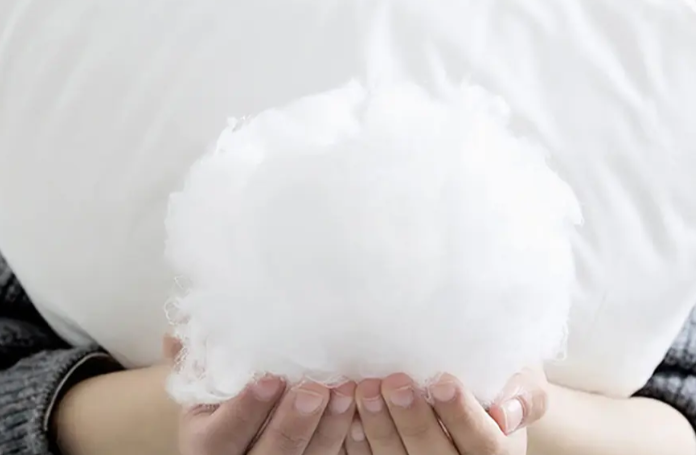
4. Key points for cleaning and maintenance of hotel microfiber pillow cores
Cleaning methods for microfiber pillow cores
- Preparation before cleaning
Check the pillow core label: confirm whether it supports machine washing (most microfiber pillow cores are machine washable).
Remove the pillowcase: first remove the pillowcase and wash it separately to avoid entanglement and damage.
Pre-treat stains: If there are obvious stains, you can first brush it lightly with a neutral detergent, and then wash it as a whole.
- Machine washing steps (recommended method)
Choose a washing machine: Use a front-loading or large-capacity washing machine to avoid squeezing and deformation of the pillow core.
Water temperature control: 30℃-40℃ warm water is recommended. High temperature may cause fiber shrinkage or hardening.
Detergent selection: Use neutral or special fabric detergent to avoid bleach or softener (which may damage the fiber structure).
Washing mode: Select the gentle/wool mode to reduce wear on the fiber.
Dehydration time: It is recommended not to exceed 1 minute. Long-term high-speed dehydration may cause fiber agglomeration.
- Hand-washing method (for situations without washing machines)
Add warm water (≤40℃) and neutral detergent to a basin, and gently press the pillow core to allow the detergent to penetrate.
Use a soft brush or hand to gently rub the stained area, and avoid rubbing hard to cause fiber breakage.
Rinse thoroughly with clean water to ensure that there is no detergent residue.
- Drying tips
Avoid exposure to the sun: Long-term direct sunlight will make the fibers brittle. It is recommended to lay it flat in a cool and ventilated place to dry.
Pat regularly: Pat the pillow core during drying to help the fibers regain their fluffyness.
Use a dryer (optional): If you need to dry quickly, use low temperature to dry, and put in tennis balls or wool balls to prevent clumping.
Daily maintenance and care tips
- Regular cleaning frequency
Regular cleaning: Clean once every 2-3 months (adjusted according to the frequency of use).
Deep cleaning: If the hotel room usage rate is high, it is recommended to clean it monthly + ultraviolet disinfection.
- Ways to extend the service life
Use pillowcase + protective pad:
Install a waterproof and anti-fouling pillowcase on the pillow core to reduce sweat stains and cosmetic pollution.
Anti-mite pillow covers can be used additionally to reduce bacterial growth.
Avoid heavy pressure:
Do not stack heavy objects during storage to prevent the fiber from losing elasticity due to long-term pressure.
Turn over regularly:
Turn the pillow core over once a week to evenly distribute the filling and avoid unilateral collapse.
- Deodorization and disinfection
Deodorization with baking soda: Sprinkle baking soda and let it stand for 1 hour, then vacuum and clean to remove odors.
Ultraviolet sterilization: Use a portable UV lamp to irradiate the surface of the pillow core to kill mites and bacteria.
White vinegar cleaning (use with caution): If the pillow core has a stubborn odor, add a small amount of white vinegar during the last rinse (need to be thoroughly rinsed).
5. Common problems and solutions
Q1: What should I do if the pillow core becomes hard and lumpy after washing?
Solution:
Put in a tennis ball or wool ball when drying to help break up the fibers.
After drying, pat it hard to restore the fluffy feeling.
Q2: How to deal with the yellowing of the pillow core?
Solution:
Soak it in oxygen bleach (non-chlorine bleach) for 30 minutes, then wash it normally.
Avoid using iron-containing water to wash to prevent oxidation and yellowing.
Q3: How long can the microfiber pillow core be used? When to replace it?
Recommended replacement cycle:
Hotel industry: 1-2 years (high frequency use).
Home use: 2-3 years (depending on maintenance).
Replacement signal:
The fiber is seriously clumped and cannot be restored to fluffiness.
There is a noticeable odor and cleaning is ineffective.
The support force decreases, affecting sleep comfort.


